Understand Anxiety, in 5 mins
What is Anxiety?
Perhaps the most common state (and symptom) of the modern world but maybe the most misunderstood. And in 5 minutes you will feel much more confident defining it!
Anxiety is neither good nor bad and yet a very normal part of the human experience. Poet and Author David Whyte quips that “anxiety is so essential that it actually makes one human”.
But, to add some context: Anxiety is an emotion.
What is an Emotion?
It is a temporary psychological state through which we perceive ourselves and the world, as well as a physiological sensation in our body.
If I feel anxious or happy, it will influence how I assess everything, which in turn affects my behaviors and overall life. Therefore, it’s essential to understand when emotions manifest.
Great, but what is Anxiety?
Anxiety is a mental and physical state characterized by excessive worry, nervousness, or fear about future events or situations, often accompanied by physical symptoms.
What does Anxiety feel like?
It can vary in intensity but generally follows a pattern.
In your body, you may experience trembling, sweating, difficulty expressing yourself, or a strong desire to escape.
In your mind, you may experience racing thoughts, brain fog, catastrophic thinking, and excuses to avoid certain events. Usually, we do not want to experience these feelings and thoughts, so we consciously or subconsciously try to avoid them.
What causes anxiety?
Anxiety is an emotional response to uncertainty.
But we can also experience anxiety because something negative happened in the past, like a traumatic event. We don’t want to experience it again, so our body is on alert to avoid it in the future.
Think back on a time you felt really sure of what was going to happen, good or bad. There was no obsessing over the outcome; you knew with stillness and acceptance. Creating certainty in your day-to-day is an excellent anti-anxiety tool.
When does an emotion like Anxiety become a problem? Like a diagnosis?
Anxiety becomes a diagnosable disorder when it’s excessive, persistent, and lasts for a significant period (such as six months for Generalized Anxiety Disorder) as outlined in diagnostic frameworks like the DSM-5.
It must significantly impair daily functioning, affecting work, relationships, or personal well-being, and include specific symptoms like restlessness or difficulty concentrating.
A mental health professional confirms the diagnosis by ruling out other causes, such as medical conditions or substance use, through clinical evaluation.
Disclaimer: You don’t need an exact Anxiety Disorder to deeply benefit from psychotherapy.
What forms of Anxiety exist?
This list includes General and Situational forms of Anxiety: Generalized Anxiety Disorder (GAD), Panic Disorder, Social Anxiety, and specific phobias like fear of spiders or heights.
7 Important Facts About Anxiety:
Common Mental Health Condition: Anxiety is among the most common mental health issues, affecting over 40 million adults in the U.S. alone (about 18% of the population) each year, according to the National Institute of Mental Health.
Brain Chemistry Plays a Role: Anxiety is linked to imbalances in neurotransmitters like serotonin and dopamine, and areas of the brain like the amygdala, which regulates fear responses.
Affects All Ages: While often associated with adults, anxiety can affect children and teens too, with 1 in 8 children experiencing an anxiety disorder, frequently showing as school avoidance or excessive shyness.
Physical Health Connection: Chronic anxiety can contribute to physical health issues like heart disease, digestive problems, muscle soreness, or weakened immune function due to prolonged stress hormone release.
Stigma Persists: Despite its prevalence, many avoid seeking help due to stigma, with only about 36% of those with anxiety disorders receiving treatment, per the Anxiety and Depression Association of America.
Highly Treatable: Anxiety disorders are treatable with therapies like Internal Family Systems, Brainspotting, and Cognitive Behavioral Therapy (CBT), medication, or lifestyle changes like mindfulness and exercise.
Techniques like deep breathing, journaling, or progressive muscle relaxation can reduce symptoms, and building a support network can make a significant difference in managing anxiety.
Here’s a closer look at Severe Anxiety playing out in real time:
Marcus N.
Age: 29
Occupation: Software Engineer
Background: Raised in a high-pressure household with intense expectations for academic and career success, often criticized for minor errors. Suffered an embarrassing (mildly traumatic) moment in college when a group project presentation failed publicly, earning mockery from peers.
Anxiety Triggers: Social events, work deadlines, and situations involving potential scrutiny or failure.
Symptoms: Racing thoughts, chest tightness, sweating, and avoidance of social situations.
Coping Mechanisms: Procrastinates. Uses nicotine pouches (Zyns) to calm nerves and compulsively scrolls dating apps to distract himself, seeking validation but rarely following through on matches.
Vignette:
Marcus slouched at his desk, the laptop’s glow casting shadows across his tense face. A client’s email glared, demanding revisions by morning. His chest tightened, and his gaze weakened. Thoughts started spiraling. “There’s no way I can finish this in time.” His fingers froze above the keyboard, paralyzed. The whir of his apartment’s A/C hummed in his ears, amplifying his dread.
His phone buzzed, friends inviting him to a bar tonight. His stomach twisted. I’m a mess right now plus I’ve got work to do, he thinks. “I’d be a buzz kill anyway”. Memories of awkward social situations flood back.
He grabbed a Zyn, popping the nicotine pouch under his lip, craving the fleeting calm. The buzz hit, but his heart still raced.
To escape that discomfort, Marcus opened a dating app and swiped mindlessly while turning on Netflix. Each match sparked a flicker of hope, maybe someone would get him, but messaging felt like a trap. What if I sound desperate? He kept swiping, the profiles blurring together, a distraction from the deadline.
He tried to focus, but the thoughts wouldn’t stop. “You’re not enough. You’ll screw this up.” He scribbled in his journal, “I can’t keep doing this,” but the words felt empty. Another Zyn. More swipes. The email sat unanswered, the deadline ticking closer. His chest ached, sweat beading on his brow. He stared at the screen, trapped in his head, the world closing in.
While it may sound dramatic for some, this is a common state for many people who are experiencing severe anxiety. It’s also common to ignore these symptoms and march on with life as usual without seeking help.
But it doesn't have to be this way…
If you or someone you know is struggling with anxiety, don’t let fear or stigma stop you. Take action today to reclaim your peace of mind.
Reach out to a mental health professional, like myself or your primary care physician, to explore effective treatments such as Therapy or medication, and follow some of the techniques listed above to manage symptoms.
You can also call the National Alliance on Mental Illness (NAMI) Helpline at 1-800-950-NAMI (6264) for immediate support and resources. Your mental health is worth prioritizing. Seek help now to start your journey toward a calmer future.


